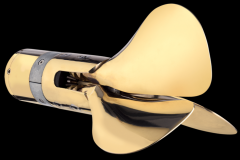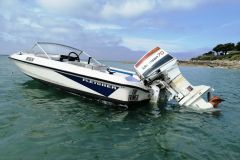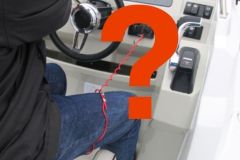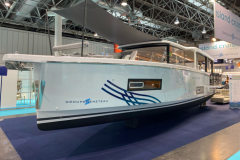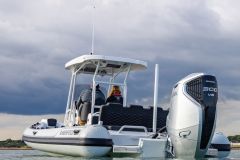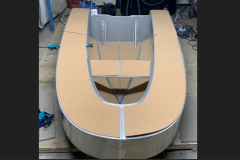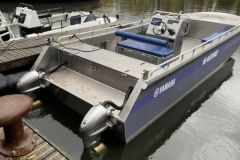When buying a dinghy, it's important to choose the right engine
Moving around with an electric motor dinghy offers a level of comfort and satisfaction that's hard to imagine until you've experienced it for yourself. But it's not easy to take the plunge, especially as few yachtsmen have yet ventured into the world of electric dinghies.
Real, proven benefits of electric power
And yet, even before they've tried it, any sailor can guess what new pleasures await them if they choose an electric motor:
- greater flexibility in docking maneuvers
- a very low noise level that allows you to hold a conversation and better perceive what's going on around you
- no pollution: no smoke, no iridescent marks on the water
- no maintenance costs
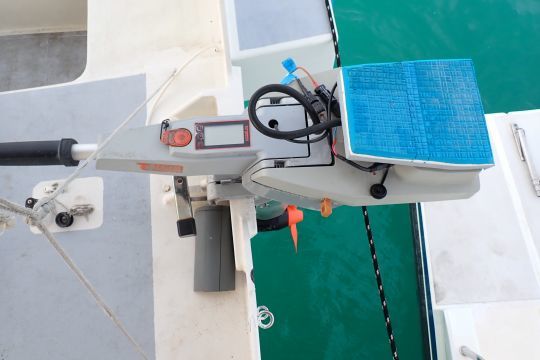
But the disadvantages are not insignificant either...
The main obstacle to adopting an electric motor is undoubtedly the initial cost. When it comes to replacing an old internal combustion engine, or equipping a new annexe, it's undeniable that, for the same performance, the investment will be much higher for the electric solution. However, there is one indisputable reality that justifies choosing the "clean" path without breaking the bank.
Answer the program
A tender, like the boat that carries it, must correspond to a program. Let's take the common example of a cruise ship equipped with a tender. Its main purpose is to enable the crew to go ashore when the boat is anchored in a sheltered bay, for a stopover.
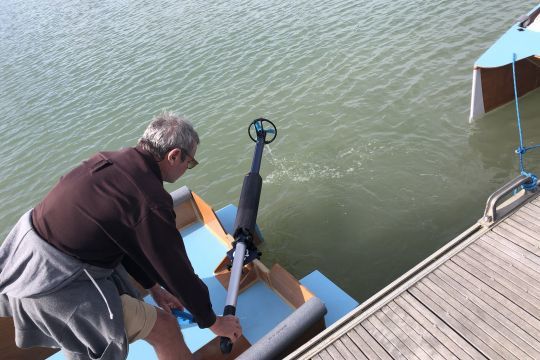
Common marine sense and current regulations set the parameters for the use of dinghies. In most cases, dinghy travel in an area frequented by other users is limited to a speed of between 3 and 5 knots. To reach this very reasonable target, a 3-meter boat with 4 people on board will need a power of around 1.5 kilowatts, corresponding to 3 horsepower. In this case, the electric motor-battery combination will cost 2.5 to 3 times the price of a 4-stroke internal combustion engine.
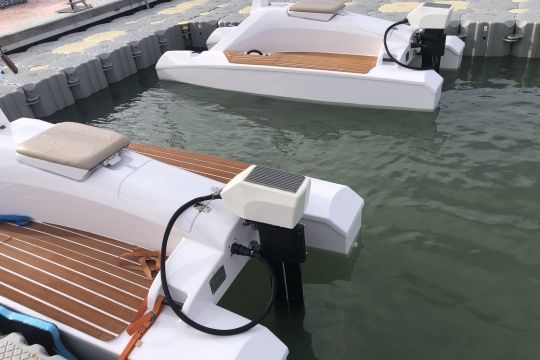
Thinking in terms of use
But the financial result is reversed after a few months of use. As long as the boat is equipped with a solar panel or wind turbine, the electric motor will no longer cause any expense or pollution. I won't even mention the pollution generated by the prior manufacture of the battery. Things are moving so fast in this field that it's virtually impossible to draw any conclusions at present. At the same time, the thermal machine will have had to be supplied with petrol, oil, spark plugs and impellers. On average, after two to three years of use, the electric motor will be less expensive than the internal combustion one. And during this time, it has emitted no CO2, no noise, no destructive waves...
High-power nuances
For higher power ratings, things are less favorable to electrics. Of course, anyone who feels they need fifteen or more horsepower on their tender will be more reluctant to switch to a non-polluting engine. But this is purely a question of budget, as everything technically exists for this. Fit a fifteen-kilowatt electric motor to a 3.50-meter dinghy/catamaran fitted with the right propeller and you'll be on the verge of 30 knots... But that's another matter, and has nothing to do with the use of the navigator's skiff ordinary .






